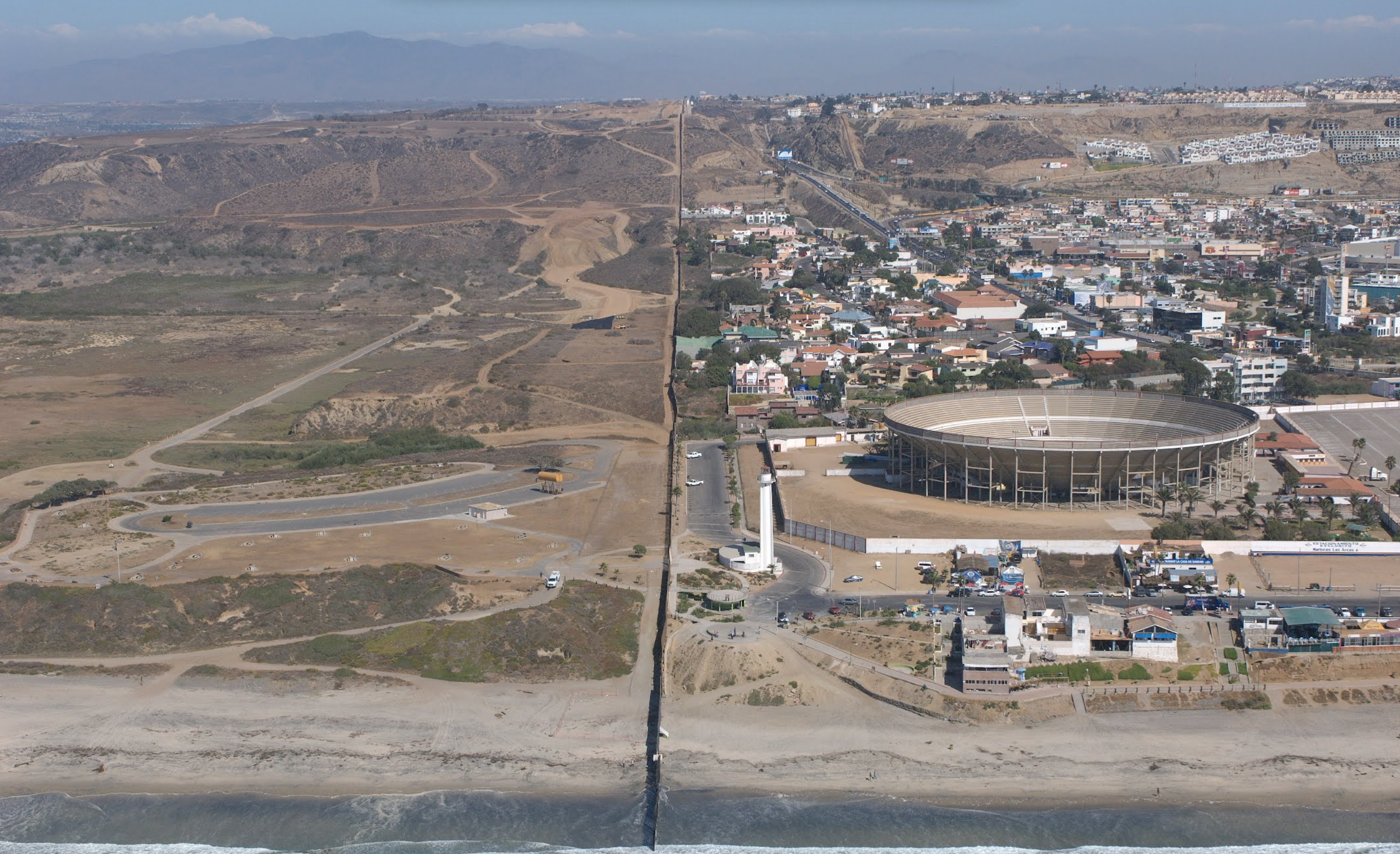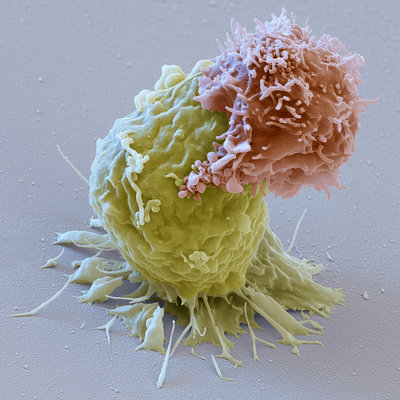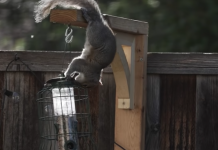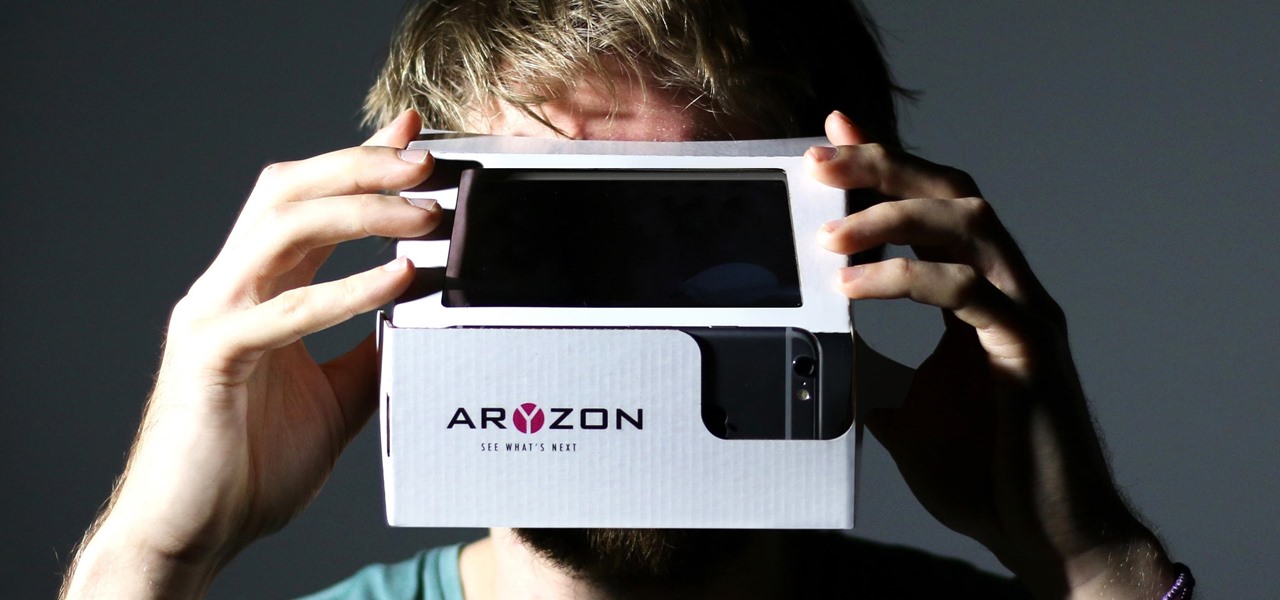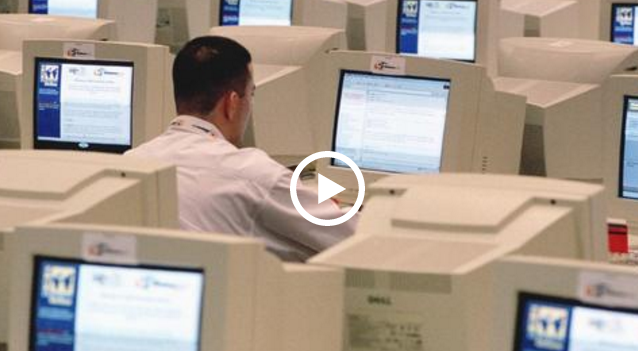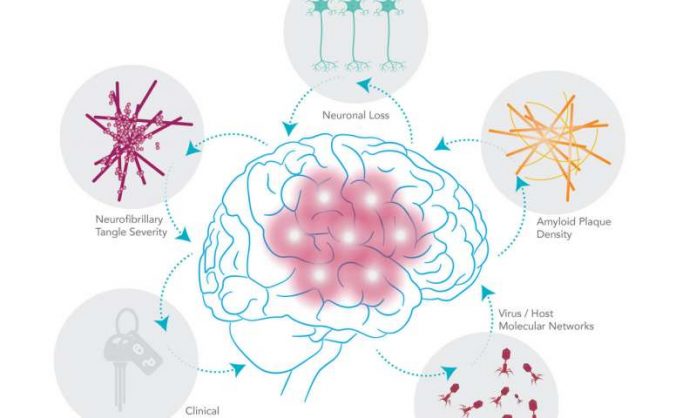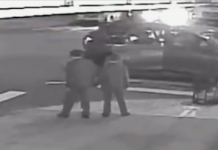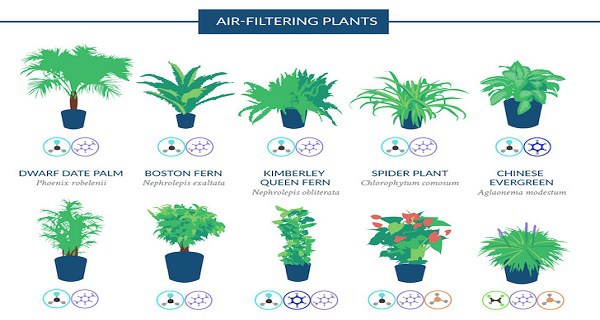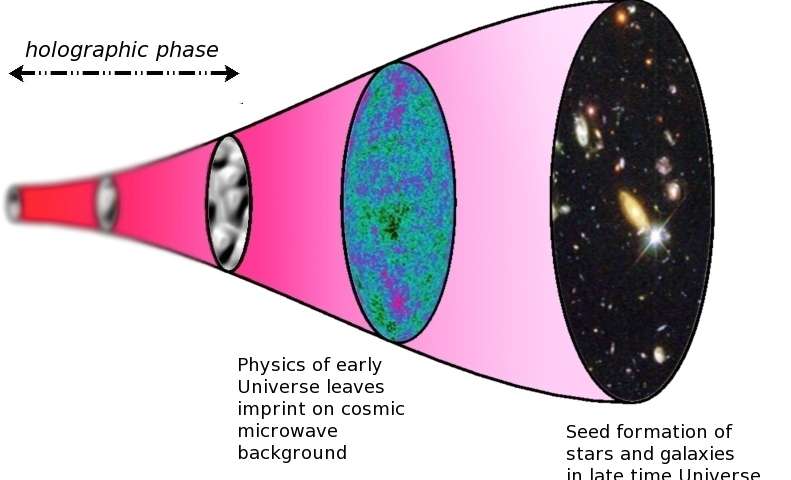Pre-T cells from the bone marrow go to the thymus. Once in the thymus, they have to go to the lymph nodes, and after they’ve been activated they have to go to the site of infection. T-cell response to self-antigens is prevented by B-7 cells on the surface of the antigen presenting cell and CD-28 on the surface of the T-cells. The B-7 cells were first describing a B-lymphocyte. B-lymphocytes, in addition to producing B-cells, also produce antigens. A single cytotoxic T-cell can’t do much. A single B-cell could actually do a lot. A single B-cell can make a lot of antibodies. However, because the T-cell is the effector cell of the immune system limb; a lot of cells would be required. So, therefore it has to undergo a large amount of proliferation . The major growth factor responsible for T-cell proliferation is Interleukin 2 (IL-2).
Once you have enough T-cells available, they then develop into effector cells. In order for them to have an effect, the cell has to have special proteins. Cytotoxic T cells have to have the proteins that are necessary for killing cells. They gain these proteins during the proliferation process. Special adhesion molecules which are expressed differently in different anatomical locations are present which are targeted by various differentiated T-cells. Some antigens are responded to differently activated T-cells for up to as long as three days. C45 Rah indicates that the immune system has been activated; and that there is an infection somewhere in the body. There are a lot more memory T-cells than naive T-cells in the circulation. Macrophages are activated as well in infected individuals.








